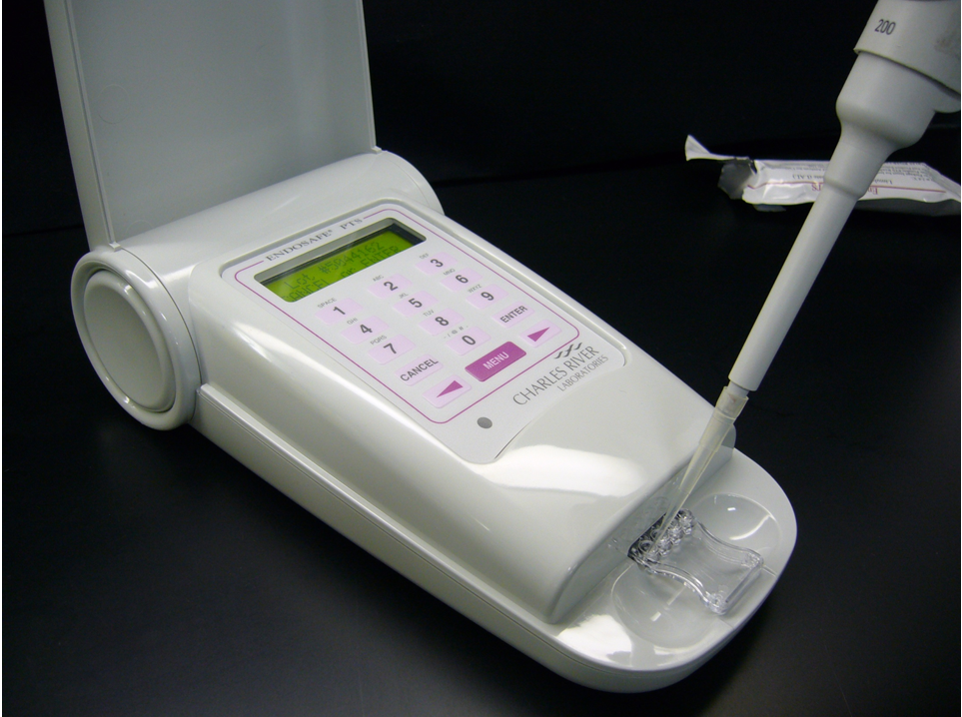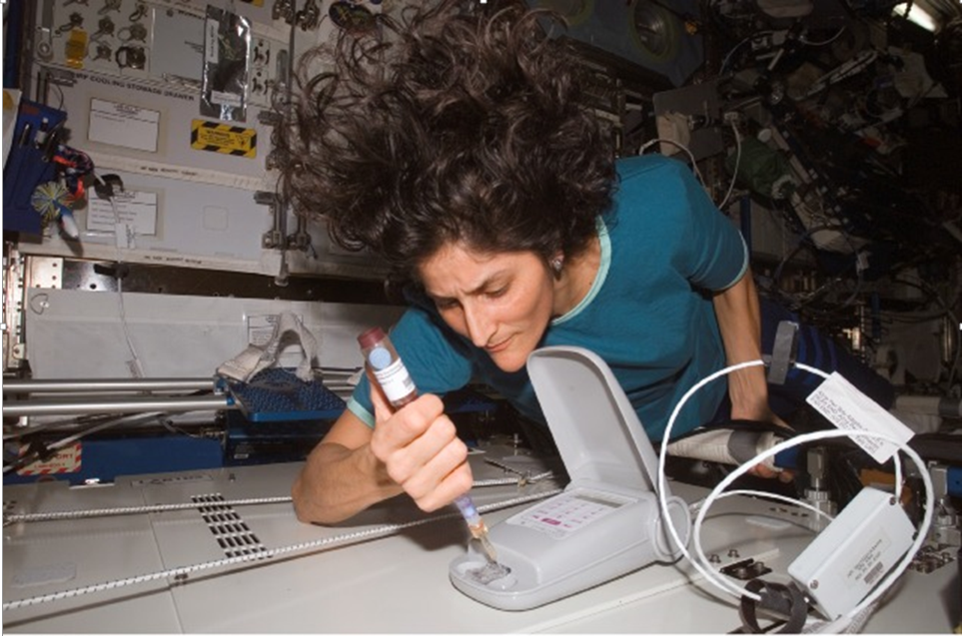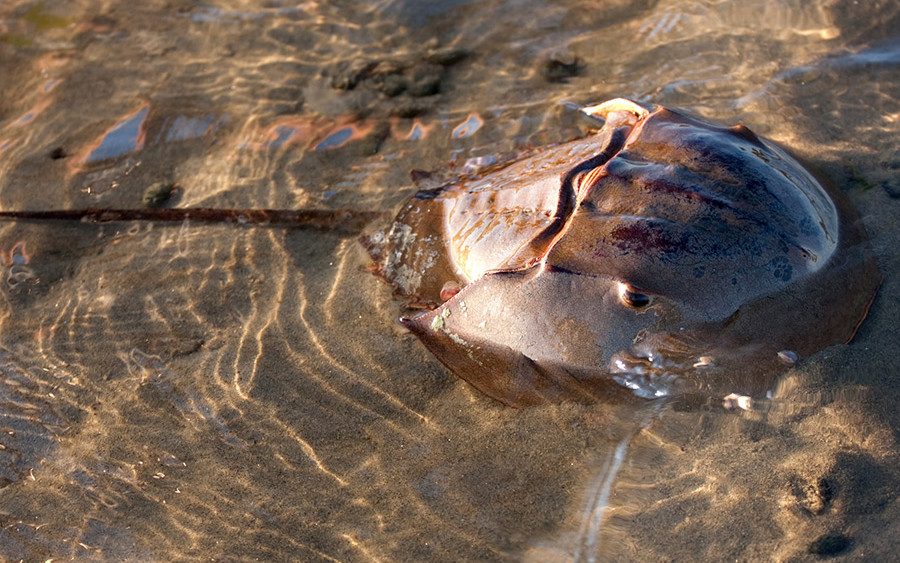Many families share the same Thanksgiving tradition of going around the table and saying something that they are thankful for. What did you say this past year? Your health? Your family? Something that is never mentioned, but arguably makes spending Thanksgiving with your family possible is…the horseshoe crab. If you’ve ever been to the hospital, taken an antibiotic, worn contact lenses, had stitches, had a body part replaced, or received a vaccine, you have horseshoe crab blood to thank.
For the third Holland Lifelong Learning lecture of the year, the South Carolina Aquarium invited Dr. Norman Wainwright, Director of Research and Development for the Charles River Laboratory, to unveil the mysteries of the horseshoe crab’s immune system. Wainwright has spent almost thirty years researching the intricacies of horseshoe crabs.
Horseshoe crabs date back 440 million years. Before the time of the dinosaurs! They are descended from marine animals like the “Giant Scorpion,” which is extinct today and, as Wainwright noted, “maybe a good thing for lowcountry tourism.” The importance of these animals was only discovered 60 years ago with a “mistake.” Frederick Bang, a researcher at Woods Hole Oceanographic Institute, injected bacteria into different organisms to cause infection. At the time, marine animals were used to understand things that we didn’t know a lot about. When Bang injected the horseshoe crab, he viewed his experiment as a failure because he could not infect the animal. However, this “failure” led to a revolutionary, lifesaving industry.
Instead of producing antibodies like human blood to fight infection, the horseshoe crab immune system releases proteins that can surround and kill bacteria. Their membrane-bound granules cut protein and form a gel that surrounds and secures bacteria. The Limulus Amebocyte Lysate, or LAL test, harnesses the power of horseshoe crab blood to test for bacteria in things like vaccines, sterilizing solutions and prescription drugs. Prior to the Food and Drug Administration, FDA, approval of LAL in the 1980s, the rabbit pyrogen test was used. Endotoxins are bacteria that cause a pyrogenic response or fever. Endotoxins are all around us, but thanks to horseshoe crab blood, we can eliminate the amount of endotoxins in us.
The miniaturized, hand-held technology developed by Wainwright and his team  revolutionized the way that the LAL test is performed. The Nexgen PTS, or portable endotoxin testing system, uses only 5% of the amount of blood previously used for testing. In fact, two years ago, horseshoe crab collection did not need to occur, thanks to the LAL that was stored. The portable testing cartridge technology further helps pharmaceutical manufacturers because it is compact, simple to use and provides clear and detailed information. This sensitive test relies on color-changing technology to convey the amount of endotoxin in the sample.
revolutionized the way that the LAL test is performed. The Nexgen PTS, or portable endotoxin testing system, uses only 5% of the amount of blood previously used for testing. In fact, two years ago, horseshoe crab collection did not need to occur, thanks to the LAL that was stored. The portable testing cartridge technology further helps pharmaceutical manufacturers because it is compact, simple to use and provides clear and detailed information. This sensitive test relies on color-changing technology to convey the amount of endotoxin in the sample.
The PTS has been flown to the International Space Station to assess the microbial cleanliness of spacecraft for astronauts- similar to living in an enclosed space like a submarine. LAL has become increasingly important not just on planet Earth, but in the quest for life outside elsewhere. The Planetary Protection Act is an international treaty that mandates quantifying any bacteria that we leave on other planets and presents guidelines for decontaminating spacecraft before they return. The PTS helps all nations comply.

How sure is this test? The LAL test can detect 1 picogram of endotoxin- that’s like 1 grain of sand in an Olympic-sized pool. This means that before the flu vaccine leaves the production shelves and reaches your doctor’s office, it is endotoxin free.
In addition to studying the intricacies of the horseshoe crab circulatory system, Wainwright has also made it his life’s work to conserve horseshoe crab populations around the world. Charles River Laboratories supports legislation that protects horseshoe crabs from being used for bait in the state of South Carolina. They also work with the South Carolina Department of Natural Resources and trusted fisherman to carefully hand collect, clean, bleed and return horseshoe crabs to local waters within 24 hours. Charles River Laboratories is responsible for providing half of the world’s LAL.
Next Thanksgiving, when you’re going around the table to give thanks, remember to thank a horseshoe crab!
To learn more about the great work that Charles River Laboratories conducts, visit: http://hsc.criver.com/
Join us for the next Holland Lifelong Learning lecture on January 17th. Tickets are now available here.


